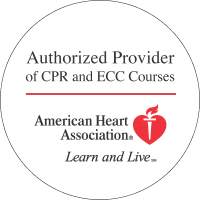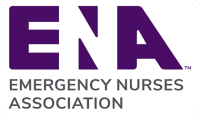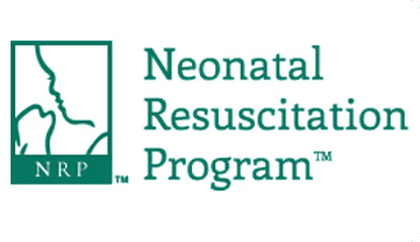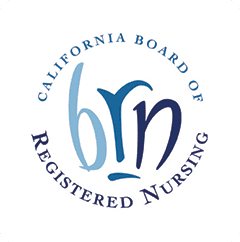No matter how your health care organization is run, it definitely has a protocol for codes. Protocols are designed to help the code run smoothly and efficiently and to ensure everything possible is done to save the patient’s life. By ensuring that you and your coworkers are in your correct roles during a code, you can avoid chaos and confusion.
Because a code is an ever-changing situation, some roles may change throughout the process. However, with quick thinking, constant communication and total cooperation between you and all other members on the code team, you can experience the best possible outcome.
The First Responder
In a hospital or clinic, the first responder is often the patient’s own nurse. However, it could also be the first person to have seen what happened. The job of this person is to call a code using the code blue button as well as orally if necessary and to begin chest compressions. This person often continues chest compressions if necessary while also communicating pertinent details about the patient with the team leader.
The Team Leader
The team leader should always ensure that he or she remains in charge throughout the event. This will keep events from spiraling out of control. Often, this person is an emergency room or critical care physician. However, in circumstances when no physician is present, it could be a charge nurse, a critical care nurse or any other advanced care provider with ACLS certification. This person will also assign tasks to other health care personnel who arrive.
The Recorder
While this is certainly not the most glamorous job on the code, it’s an important one nonetheless. As you’ve most likely heard while at work, if it isn’t documented, it never happened. The recorder or scribe should also be ACLS-certified if possible because this person will be helping to anticipate needs by reminding other team members of ACLS algorithms. He or she will keep a complete and accurate log of everything that was done for the patient, including medications, CPR and other therapies along with accurate times.
The Medication Nurse
This job often requires more than one individual. Additionally, if the patient doesn’t have a line of access, such as a peripheral IV or central line, this team member will need to be confident enough to start a line. The medication nurse will be giving IV medications at appropriate intervals according to ACLS algorithms and may also need to draw blood for labs.
The Respiratory Therapist
The respiratory therapist is in charge of ensuring that the patient has an adequate airway and is receiving oxygen through a mask, a non-rebreather or another means. He or she will also assist the doctor intubate the patient if necessary.
The Runner
The runner can be any member of the health care team, including a tech. This person gets extra fluids and items that the rest of the team needs to complete the code. This person must also be a very good communicator.
Other Team Members
Ideally, there are many more individuals involved in the code to help it run smoothly. There should be at least two people willing to do compressions to give each person an occasional break. Another person who is ACLS-certified should be in charge of the code cart to get supplies from it, to read the EKG and to run the defibrillator.
Ancillary personnel also have important roles in a code. Security helps to keep the area safe and controlled. Pastoral staff can be nearby to comfort family members, and pharmacists quickly prepare additional medications as needed.
Of course, every health care organization has a slightly different way of managing codes, and you should be aware of rules governing yours to ensure that you’re in the right place at the right time. However, some parts of a code are the same everywhere.
These common treatments are based on guidelines from the American Heart Association that have been made a part of the Advanced Cardiac Life Support algorithms. By becoming certified yourself, you can be confident in the role that you’ll play and can feel confident even when you must change roles.









